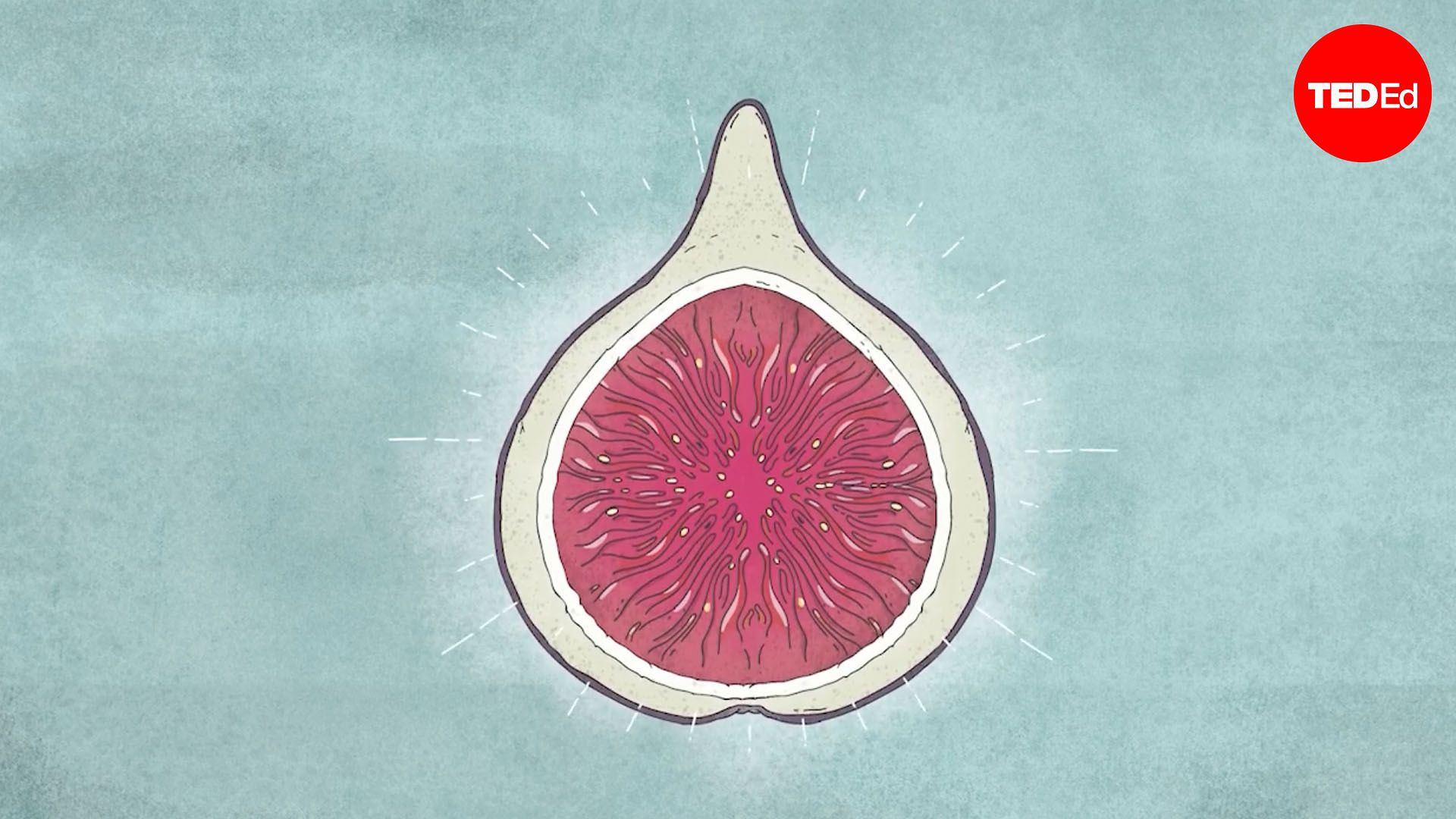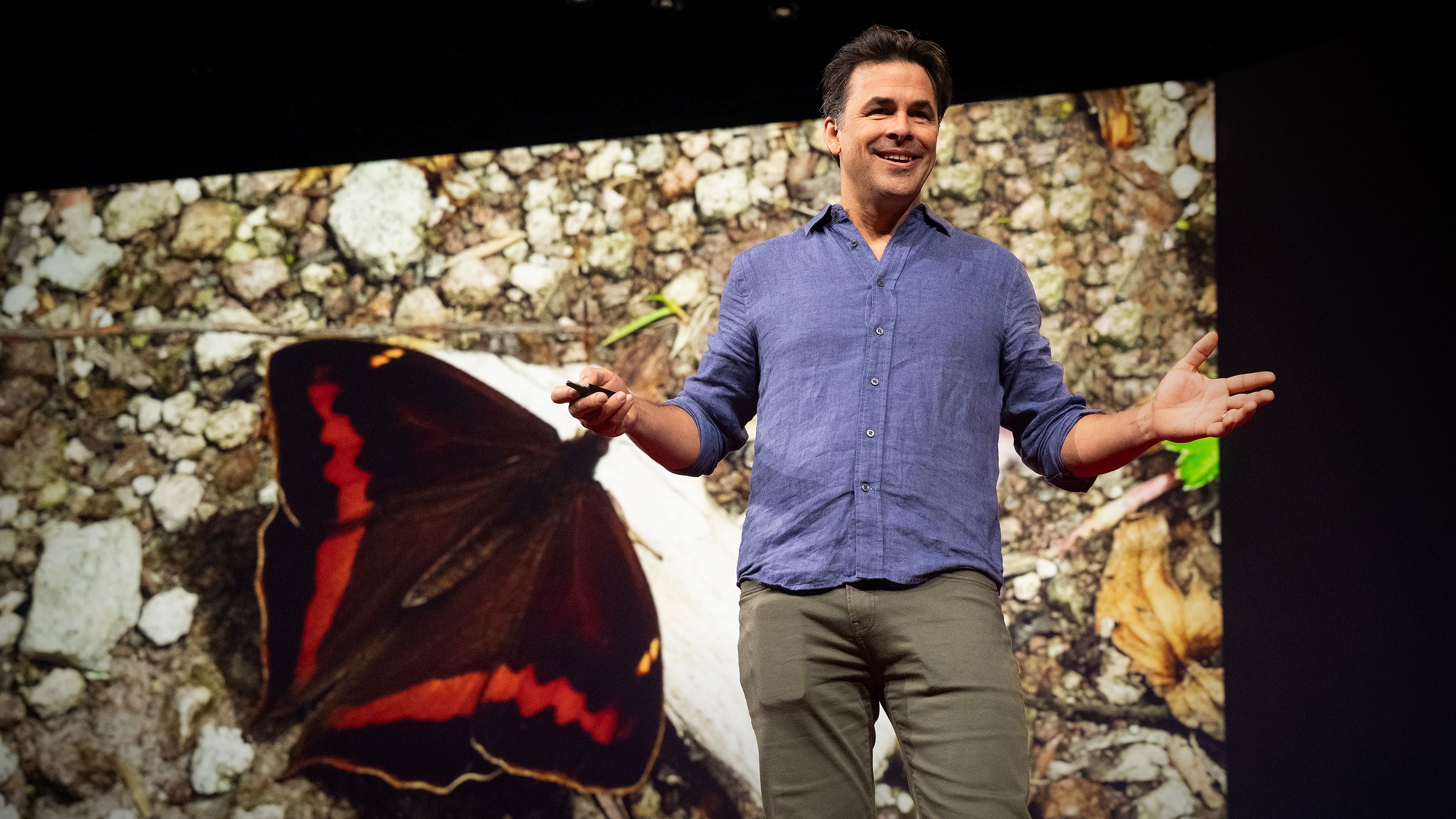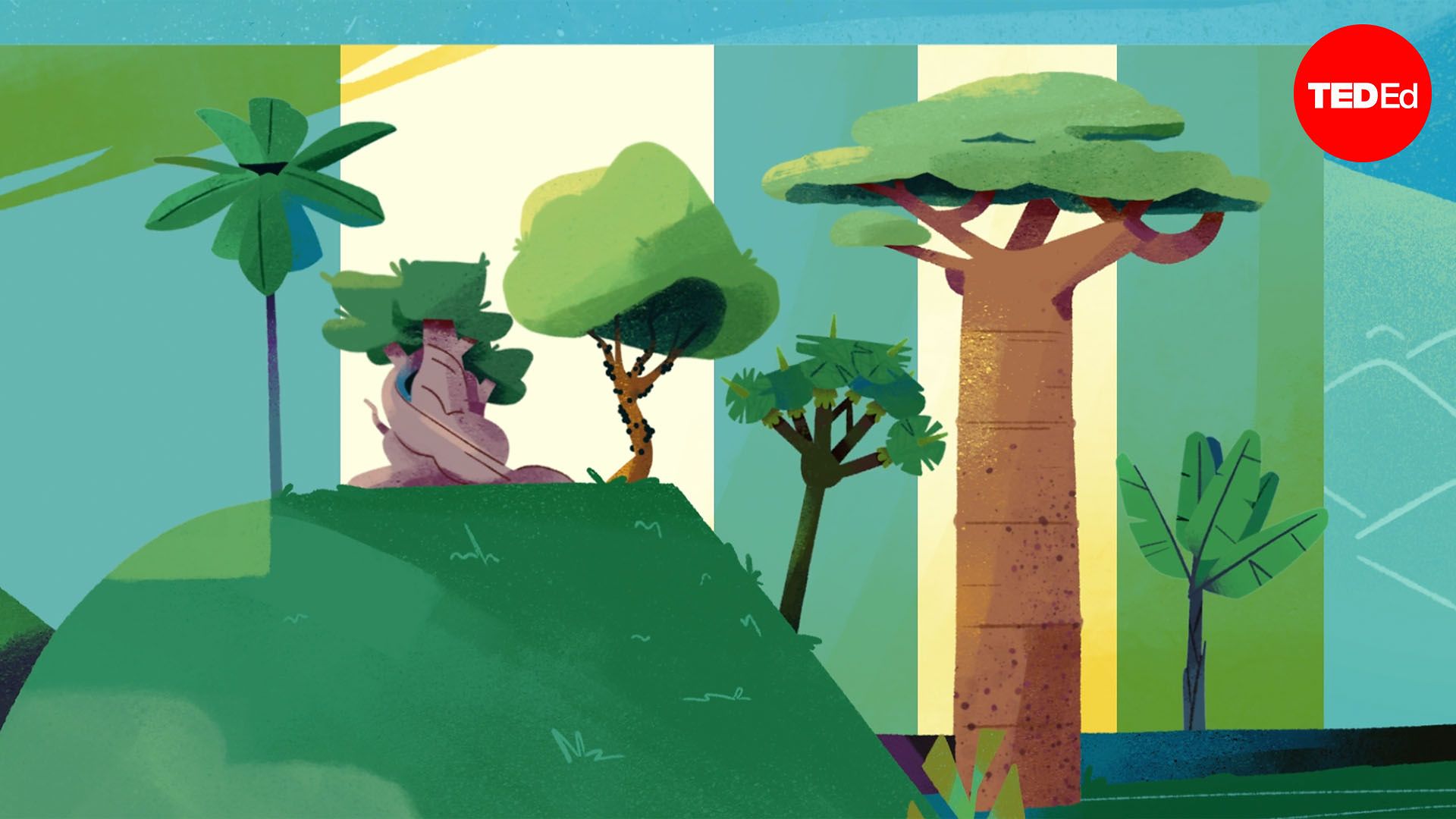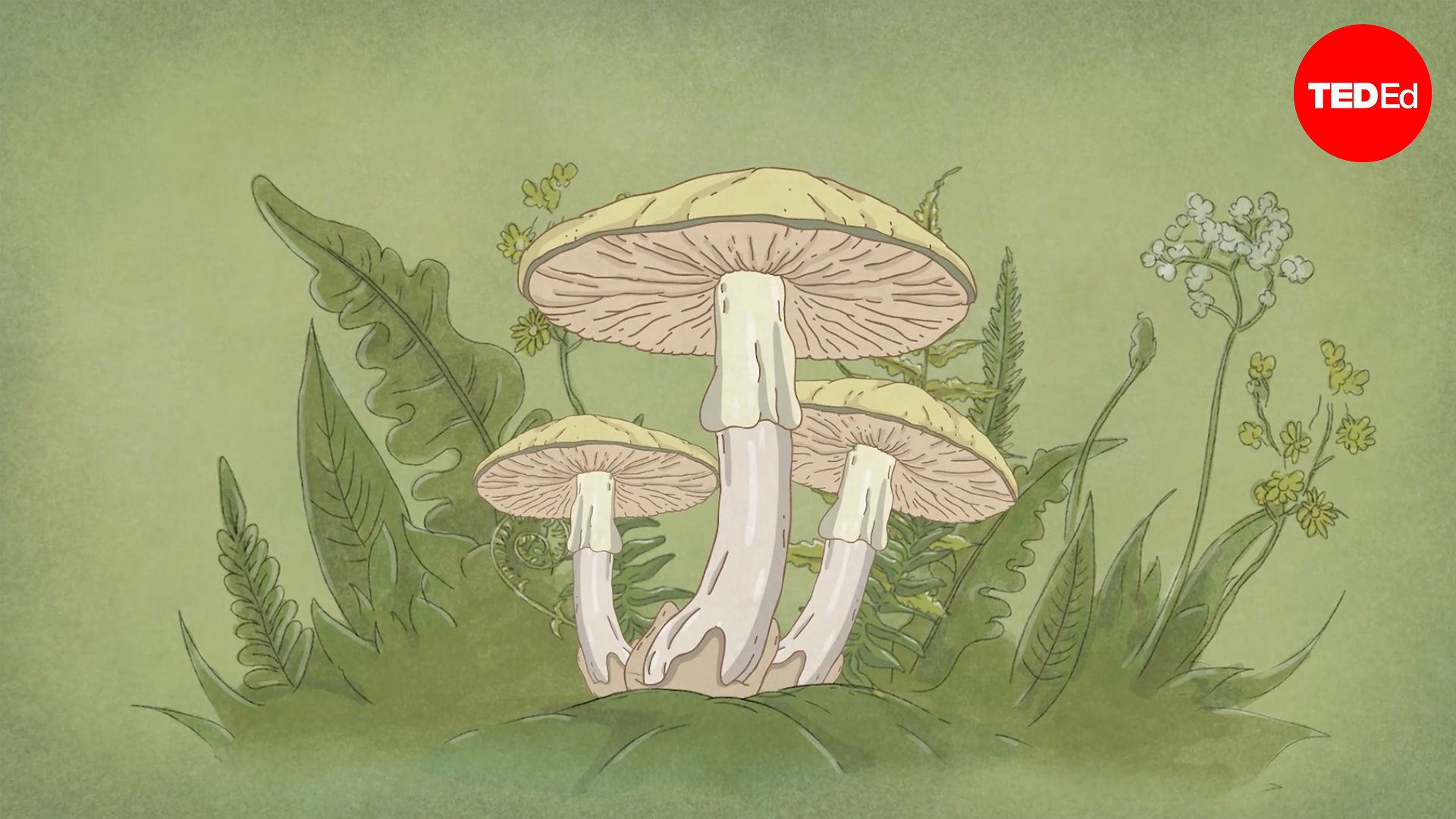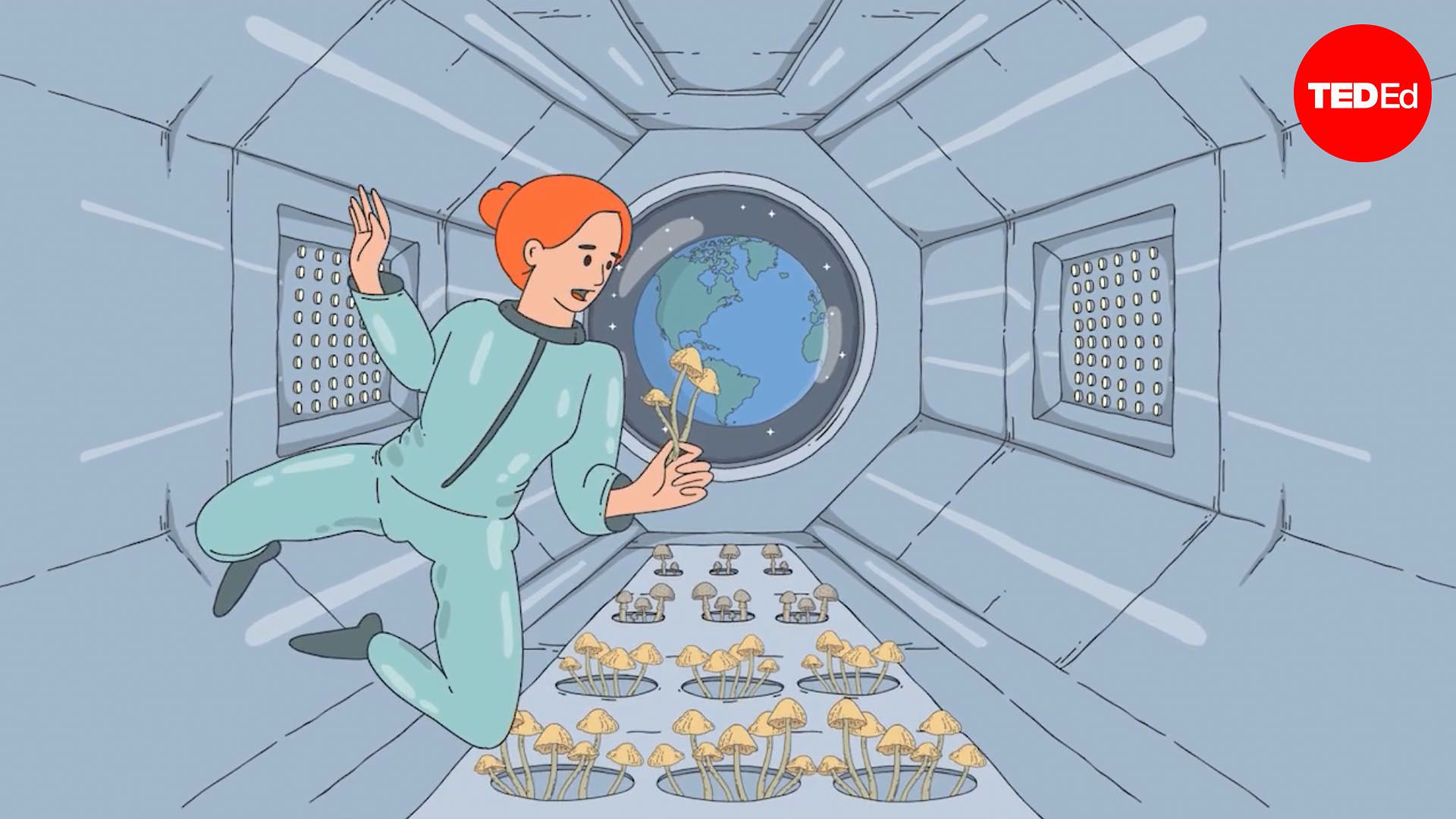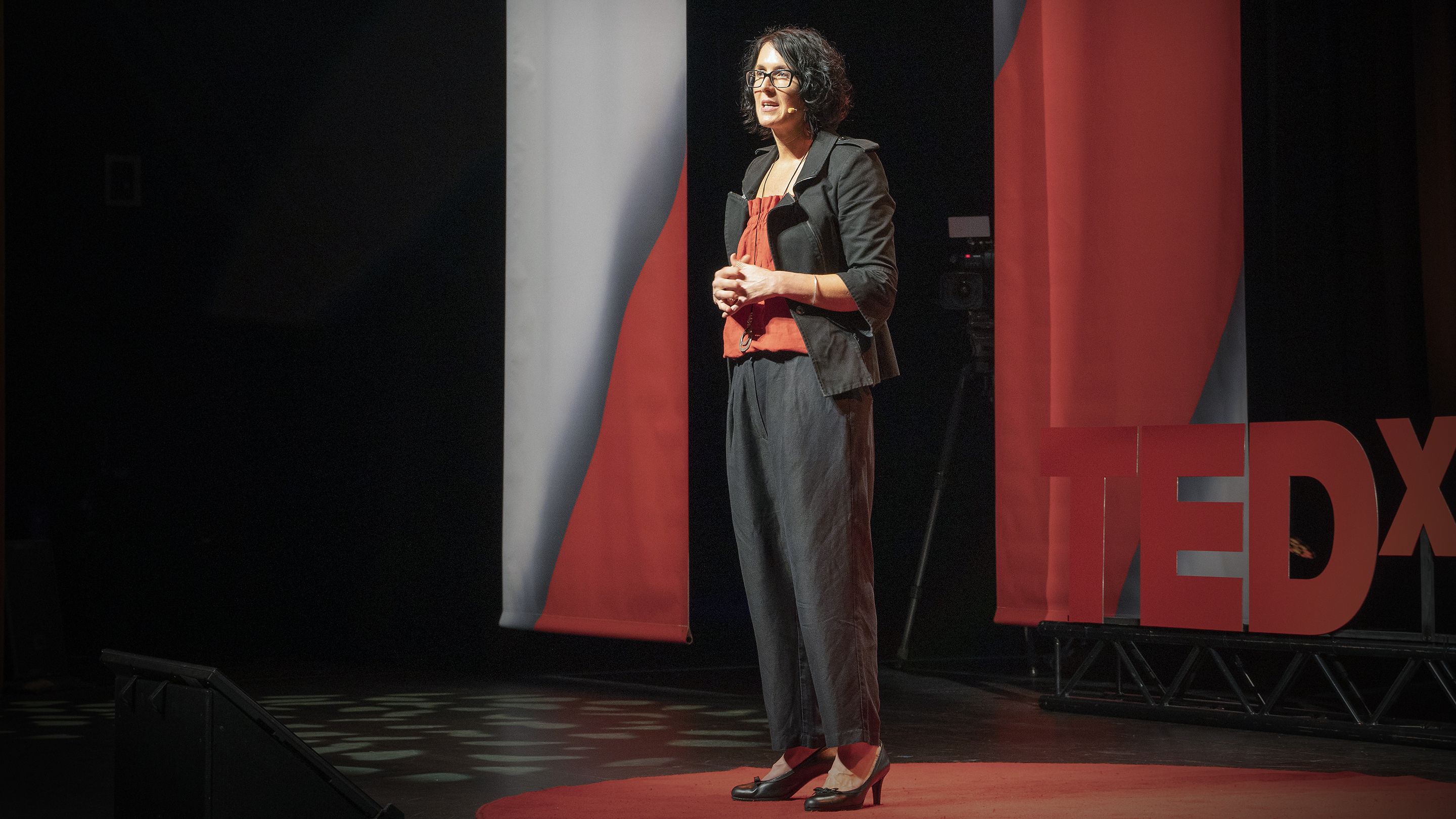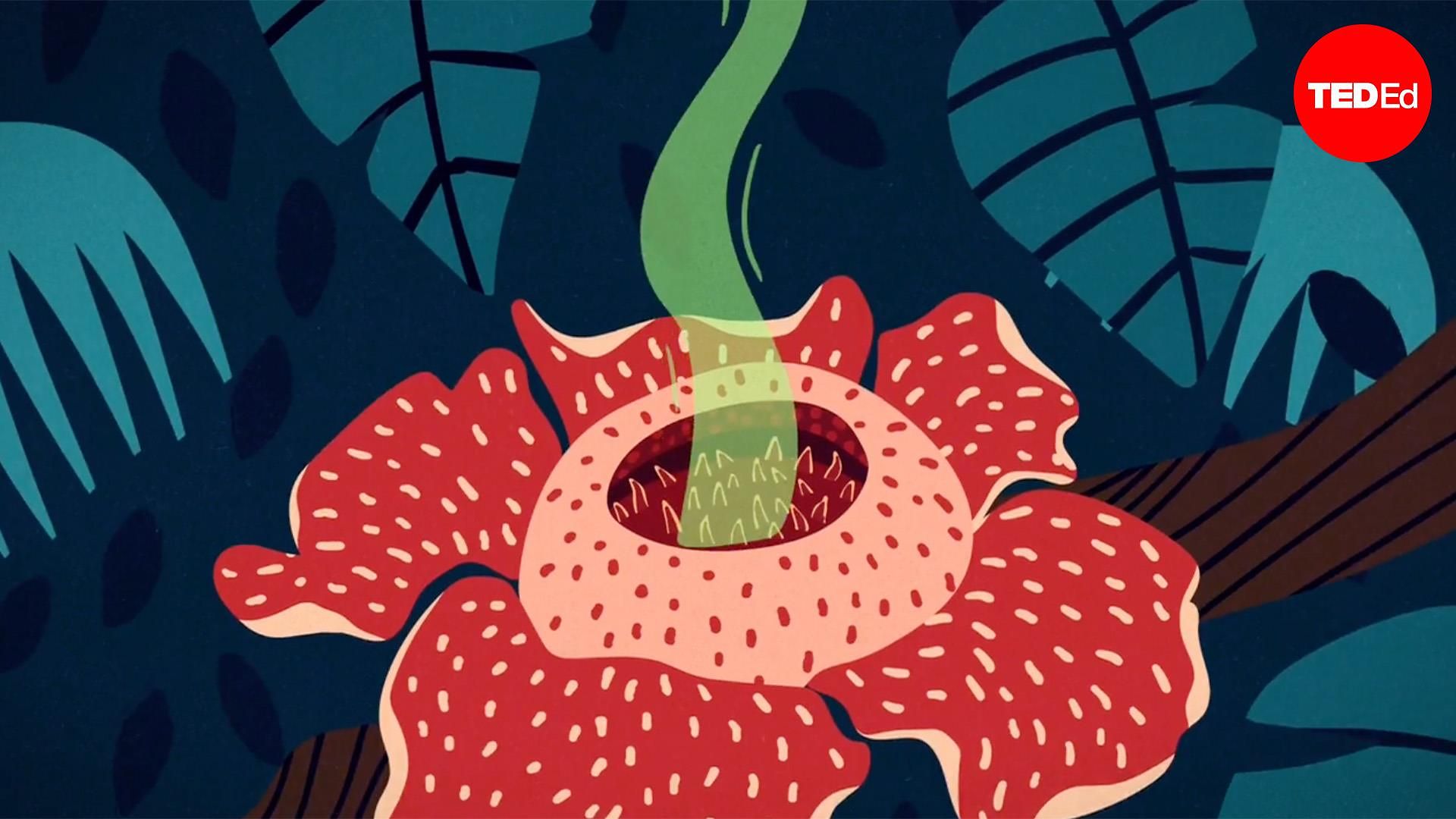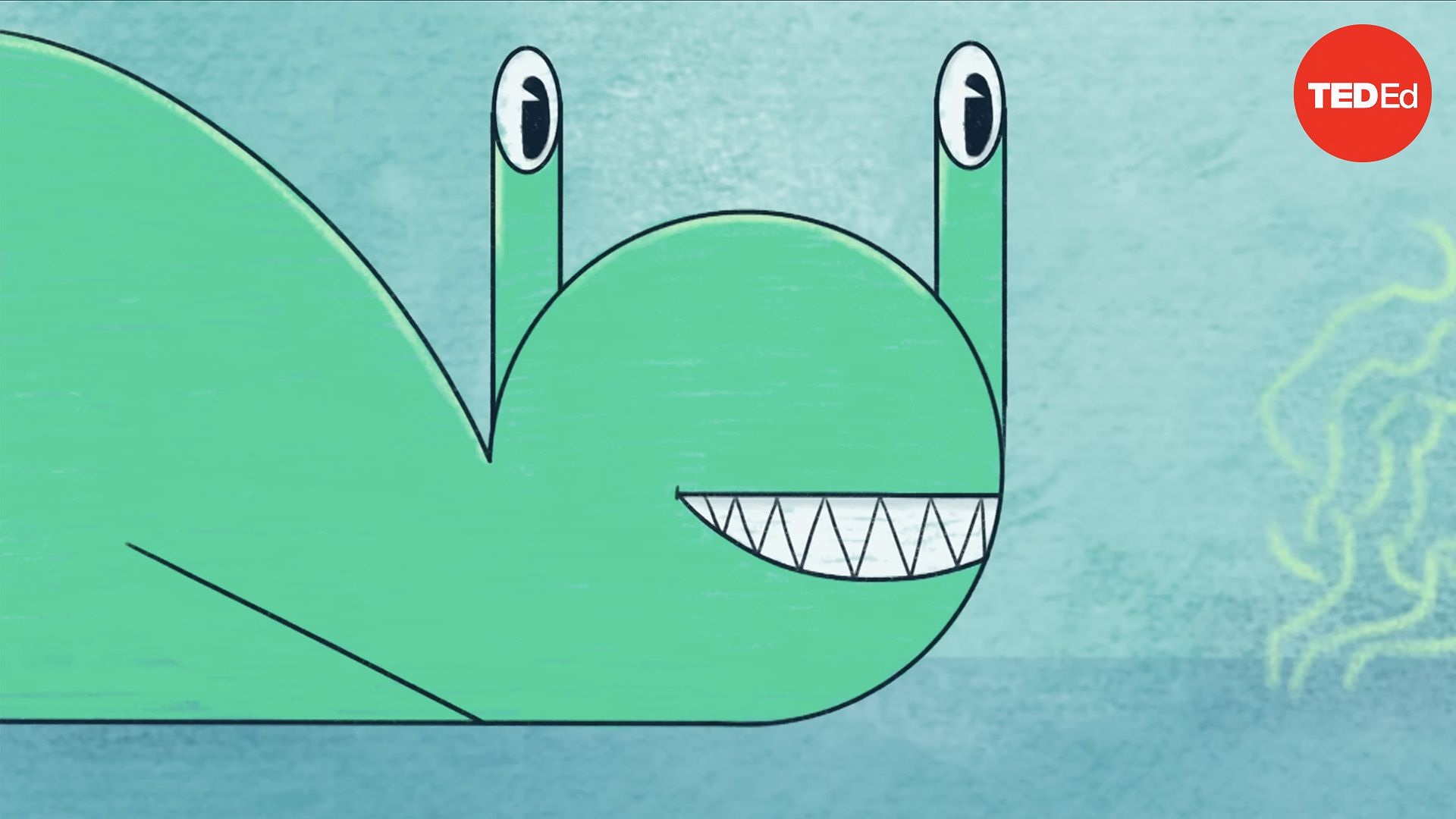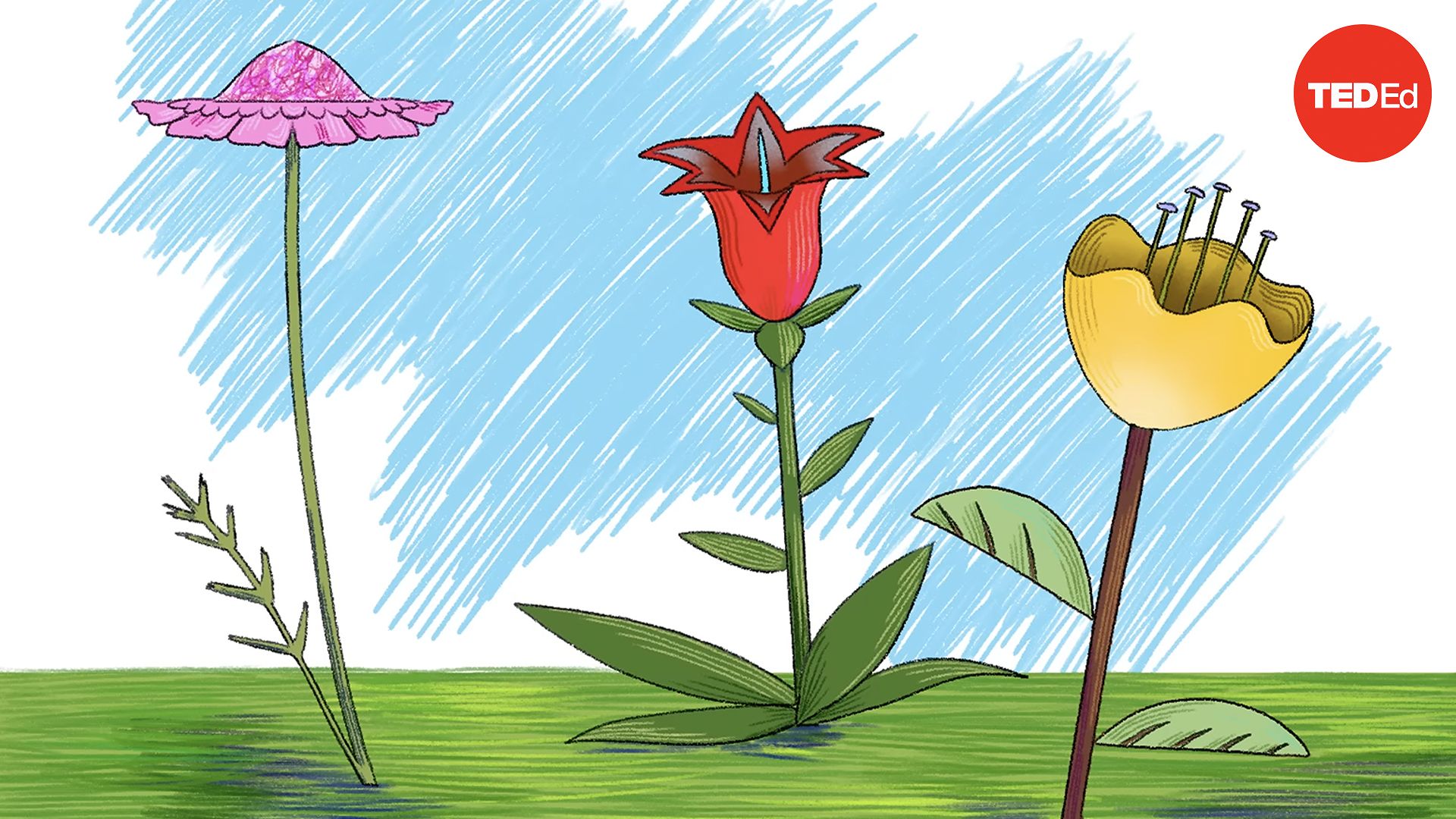Plants
A collection of TED Talks (and more) on the topic of Plants.
Video playlists about Plants
Talks about Plants
See all talks on Plants
Exclusive articles about Plants
The environmental impact of cut flowers? Not so rosy
We use flowers to express love, mark significant events and celebrate holidays, but our bouquets can come with significant costs. Here’s how the flower industry is impacting the planet -- and what you should ask before you gift again.
Posted May 2021
Want to grow your own food? 9 tips to help you get started
Never had a garden? Or do you just have a fire escape? Or no outdoor space? It doesn’t matter. You can grow food practically anywhere, says educator and urban farmer Stephen Ritz.
Posted May 2020
Why every desk at your office should have a plant
Call it green energy -- by giving every employee a plant, engineer Mike Robinson created an environment where both humans and their leafy friends thrive. Plus, 9 recommendations for hardy, hard-to-kill plants to call your own.
Posted May 2019



